The United States has long played a leadership role in NATO, the most successful military alliance in history.
The U.S. and 11 other countries in North America and Europe founded NATO in 1949, following World War II. NATO has since grown its membership to include 32 countries in Europe and North America.
But now, European leaders and politicians fear the United States has become a less reliable ally, posing major challenges for Europe and, by implication, NATO.
This concern is not unfounded.
President Donald Trump has repeatedly spoken of a desire to seize Greenland, which is an autonomous territory of Denmark, a NATO member. He has declared that Canada, another NATO member, should become “the 51st state.” Trump has also sided with Russia at the United Nations and said that the European Union, the political and economic group uniting 27 European countries, was designed to “screw” the U.S.
Still, Trump – as well as other senior U.S. government officials – has said that the U.S. remains committed to staying in and supporting NATO.
For decades, both liberal and conservative American politicians have recognized that the U.S. strengthens its own military and economic interests by being a leader in NATO – and by keeping thousands of U.S. troops based in Europe to underwrite its commitment.
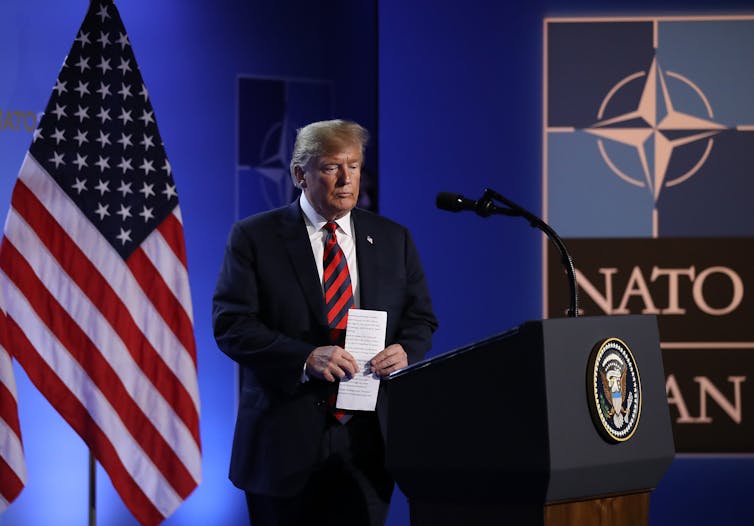
Understanding NATO
The U.S., Canada and 10 Western European countries formed NATO nearly 80 years ago as a way to help maintain peace and stability in Europe following World War II. NATO helped European and North American countries bind together and defend themselves against the threat once posed by the Soviet Union, a former communist empire that fell in 1991.
NATO employs about 2,000 people at its headquarters in Brussels. It does not have its own military troops and relies on its 32 member countries to volunteer their own military forces to conduct operations and other tasks under NATO’s leadership.
NATO does have its own military command structure, led by an American military officer, and including military officers from other countries. This team plans and executes all NATO military operations.
In peacetime, military forces working with NATO conduct training exercises across Eastern Europe and other places to help reassure allies about the strength of the military coalition – and to deter potential aggressors, like Russia.
NATO has a relatively small annual budget of around US$3.6 billion. The U.S. and Germany are the largest contributors to this budget, each responsible for funding 16% of NATO’s costs each year.
Separate from NATO’s annual budget, in 2014, NATO members agreed that each participating country should spend the equivalent of 2% of its gross domestic product on their own national defense. Twenty two of NATO’s 31 members with military forces were expected that 2% threshold as of April 2025.
Although NATO is chiefly a military alliance, it has roots in the mutual economic interests of both the U.S. and Europe.
Europe is the United States’ most important economic partner. Roughly one-quarter of all U.S. trade is with Europe – more than the U.S. has with Canada, China or Mexico.
Over 2.3 million American jobs are directly tied to producing exports that reach European countries that are part of NATO.
NATO helps safeguard this mutual economic relationship between the U.S. and Europe. If Russia or another country tries to intimidate, dominate or even invade a European country, this could hurt the American economy. In this way, NATO can be seen as the insurance policy that underwrites the strength and vitality of the American economy.
The heart of that insurance policy is Article 5, a mutual defense pledge that member countries agree to when they join NATO.
Article 5 says that an armed attack against one NATO member is considered an attack against the entire alliance. If one NATO member is attacked, all other NATO members must help defend the country in question. NATO members have only invoked Article 5 once, following the Sept. 11, 2001, attacks in the U.S., when the alliance deployed aircraft to monitor U.S. skies.
A wavering commitment to Article 5
Trump has questioned whether he would enforce Article 5 and help defend a NATO country if it is not paying the required 2% of its gross domestic product.
NBC News also reported in April 2025 that the U.S. is likely going to cut 10,000 or more of the nearly 85,000 American troops stationed in Europe. The U.S. might also relinquish its top military leadership position within NATO, according to NBC.
Many political analysts expect the U.S. to shift its national security focus away from Europe and toward threats posed by China – specifically, the threat of China invading or attacking Taiwan.
At the same time, the Trump administration appears eager to reset relations with Russia. This is despite the Russian military’s atrocities committed against Ukrainian military forces and civilians in the war Russia began in 2022, and Russia’s intensifying hybrid war against Europeans in the form of covert spy attacks across Europe. This hybrid warfare allegedly includes Russia conducting cyberattacks and sabotage operations across Europe. It also involves Russia allegedly trying to plant incendiary devices on planes headed to North America, among other things.
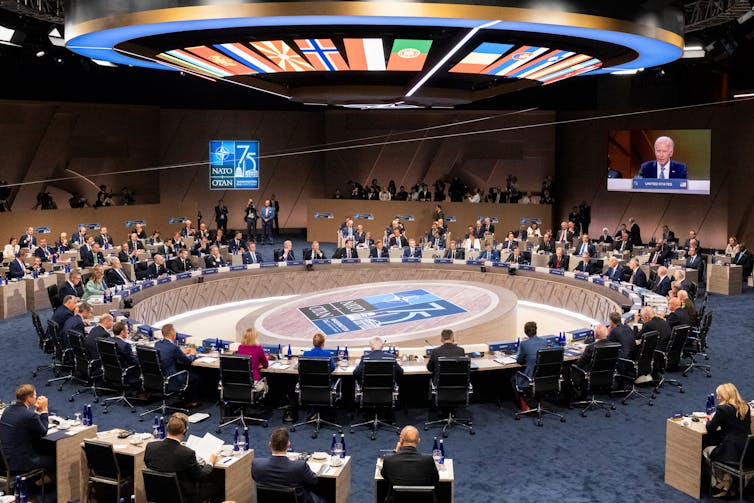
A shifting role in Europe
The available evidence indicates that the U.S. is backing away from its role in Europe. At best – from a European security perspective – the U.S. could still defend European allies with the potential threat of its nuclear weapon arsennal. The U.S. has significantly more nuclear weapons than any Western European country, but it is not clear that this is enough to deter Russia without the clear presence of large numbers of American troops in Europe, especially given that Moscow continues to perceive the U.S. as NATO’s most important and most powerful member.
For this reason, significantly downsizing the number of U.S. troops in Europe, giving up key American military leadership positions in NATO, or backing away from the alliance in other ways appears exceptionally perilous. Such actions could increase Russian aggression across Europe, ultimately threatening not just European security bu America’s as well.
Maintaining America’s leadership position in NATO and sustaining its troop levels in Europe helps reinforce the U.S. commitment to defending its most important allies. This is the best way to protect vital U.S. economic interests in Europe today and ensure Washington will have friends to call on in the future.

 German (DE)
German (DE)  English (US)
English (US)  Spanish (ES)
Spanish (ES)  French (FR)
French (FR)  Hindi (IN)
Hindi (IN)  Italian (IT)
Italian (IT)  Russian (RU)
Russian (RU)  1 day ago
1 day ago









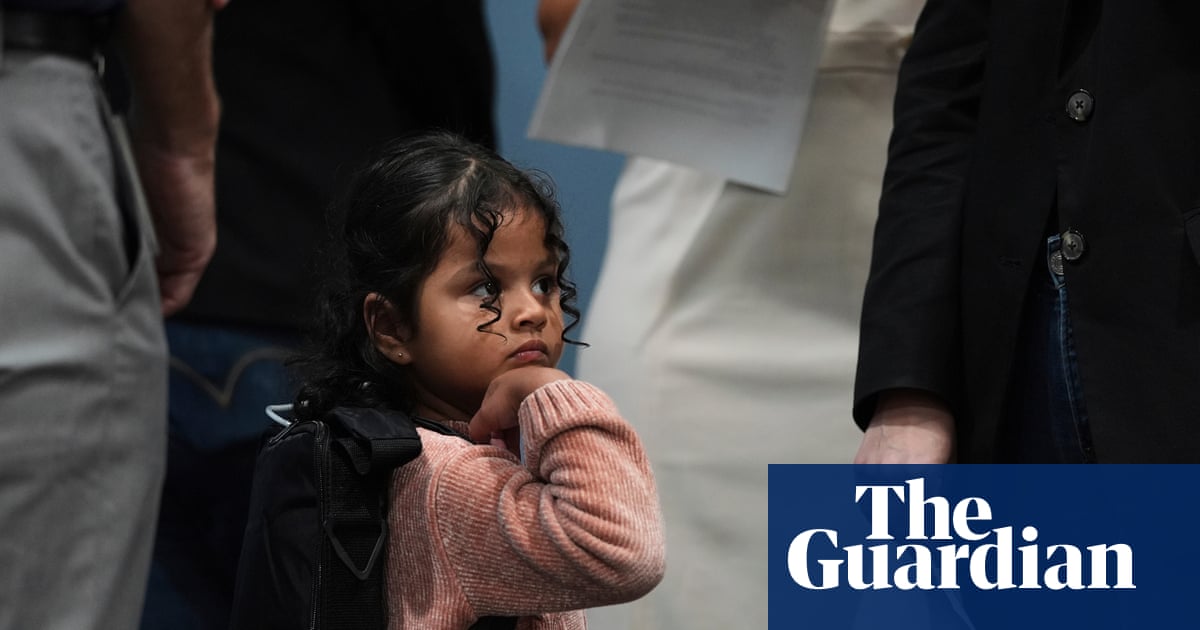



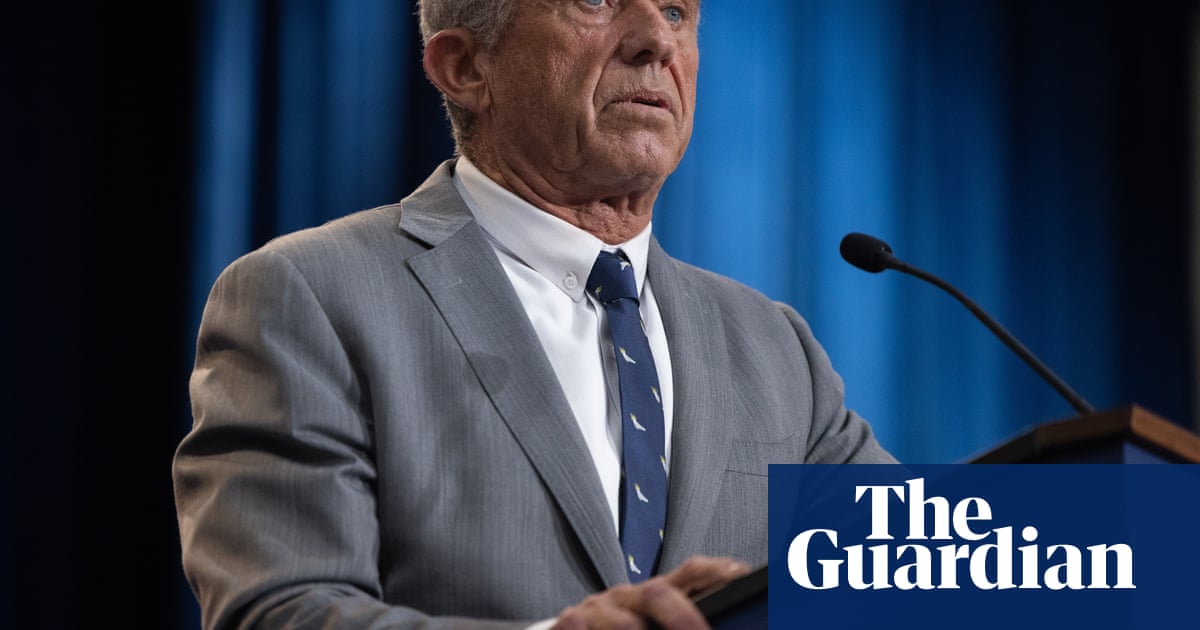


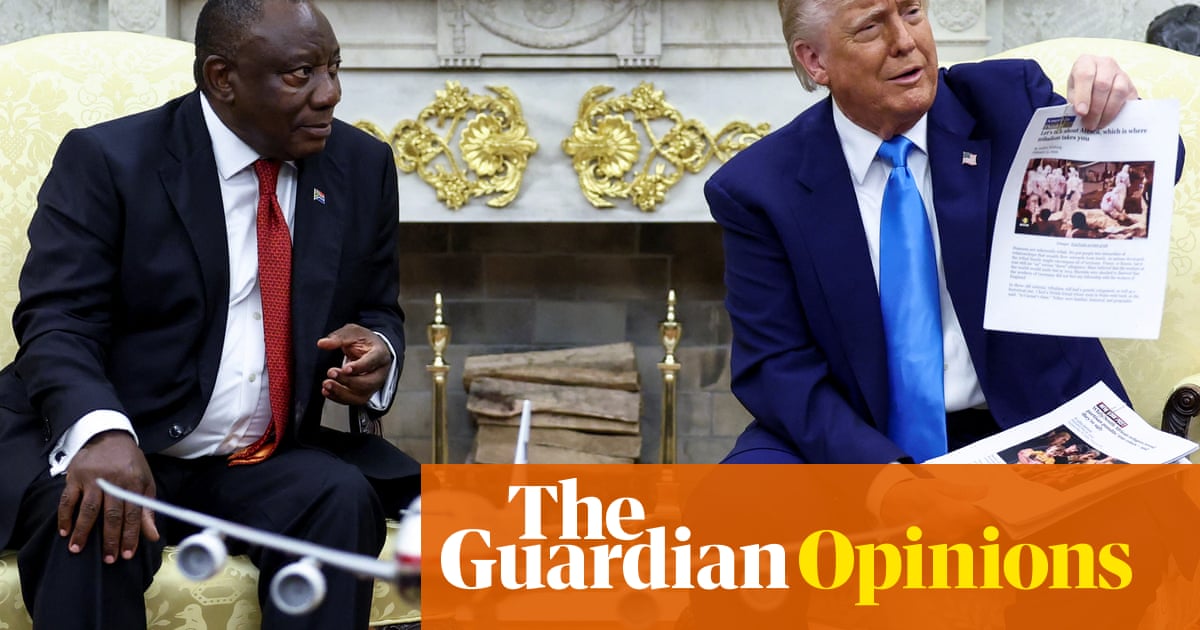







Comments